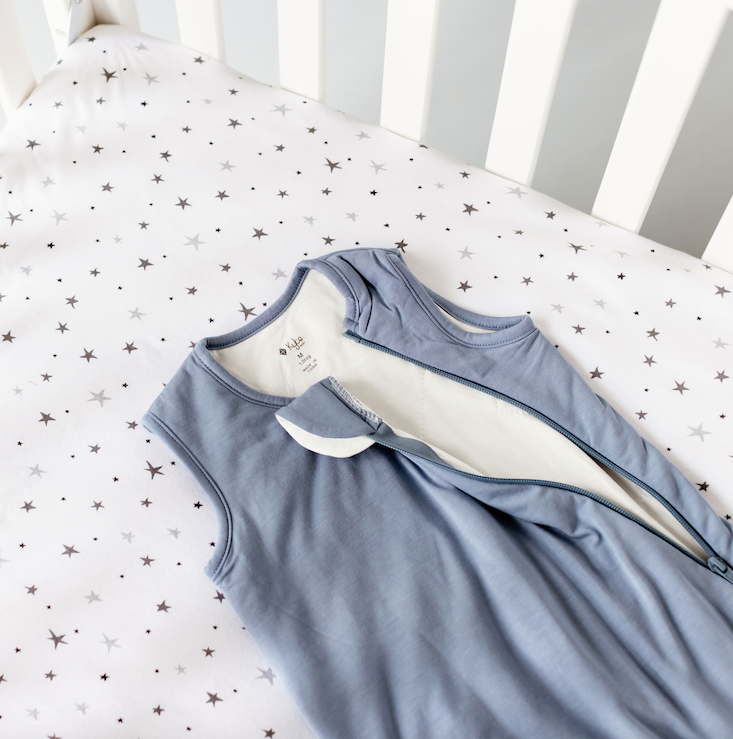It's that time of year again when parents everywhere are trying to work out what the end of daylight savings means. Just when you thought you had it all figured out, the clocks fall back. What does this mean? Will we be getting more or less sleep? Do I need to prepare? Is this going to be good or bad for my baby's sleep? In this blog, we'll break it down for you: what the time change means and how to prepare your baby for it so it doesn't disrupt their sleep patterns.
What happens when daylight saving ends?
On Sunday, 6th April 2025, the clocks will be moving back by one hour at 3 am. This means that if your baby habitually wakes at 7 am, they will now wake at 6 am. So for those already dealing with early wakes, it can be a terrifying thought. As a 5 am wake now becomes a 4 am habitual wake!
If you are dealing with early morning wakes already, go grab our Early Rising Guide here. It comes with a money-back guarantee.
How to adjust your baby's schedule for the end of daylight saving:
Falling back can be a difficult transition to make, as getting a baby to sleep later in the morning can be a tricky task! The key is to make the change over a period of at least a week. You can do this before or after daylight saving ends.
Babies can't tell time, but they do have an internal body clock or circadian sleep and wake rhythm that we can influence to help them start to wake later in the morning. This internal body clock is entrained by three things - light, food, and social interaction, so when adjusting their routine you won't just be moving their naps and bedtime, you’ll also need to move their entire routine including feeds, active social time, and exposure to light.
Haven’t implemented a routine yet? Check out our age-appropriate routines from newborn to 3 years.
If you’re on a typical 7-7 routine, this is how you’d adjust it:
- Day 1 - Monday aiming for 7:15am - 7:15pm routine
Nap and feeding times shift 15 minutes later, including their first morning feed. Bedtime will also be 15 minutes later than usual.
- Day 2 - Tuesday repeat aiming for 7:15am - 7:15pm routine
- Day 3 - Wednesday aiming for 7:30am - 7:30pm routine
Nap and feeding times will be now 30 minutes later, including their first morning feed. Bedtime will also be 30 minutes later than usual.
- Day 4 - Thursday repeat aiming for 7:30am - 7:30pm routine
- Day 5 - Friday aiming for 7:45am - 7:45pm routine
Nap and feeding times are now 45 minutes later than usual, including their first morning feed. Bedtime will also be 45 minutes later than usual.
- Day 6 - Saturday repeat aiming for 7:45am - 7:45pm routine
- Day 7 - Sunday clocks have changed! Wake your child at 7am (which is yesterday’s 8am)
Tip: when trying to move your baby’s schedule forward the key will be to shift their exposure to sunlight.
So it's a great idea to actually head outside after dinner/before your bedtime routine, and allow it to be brighter than usual in your home all the way until it’s time for sleep.
You’ll also want their room to be pitch black in the mornings to avoid them continuing to wake at the old time.






